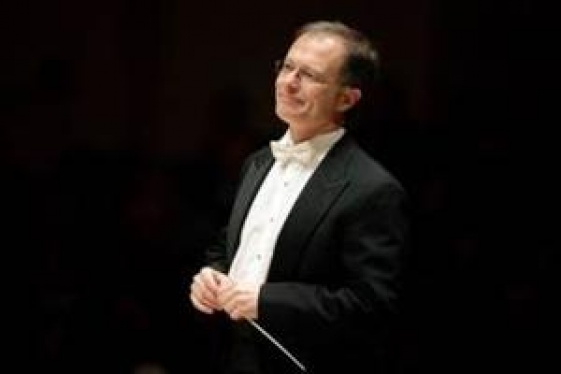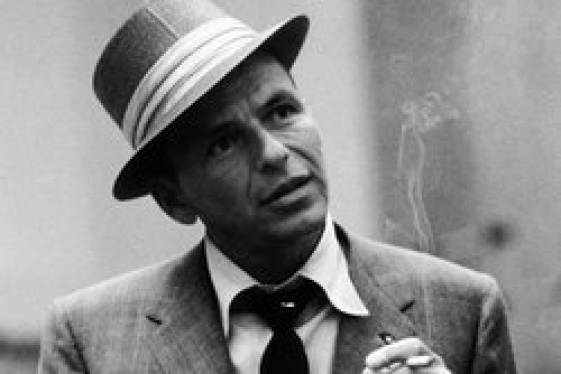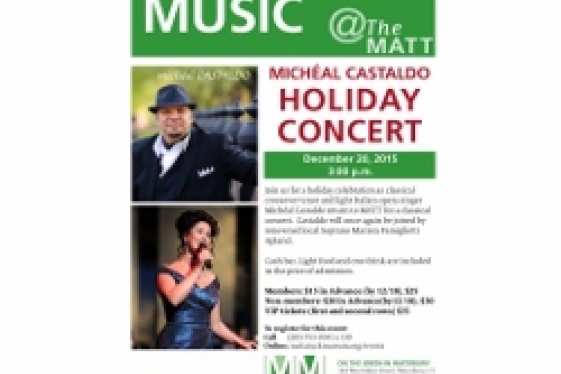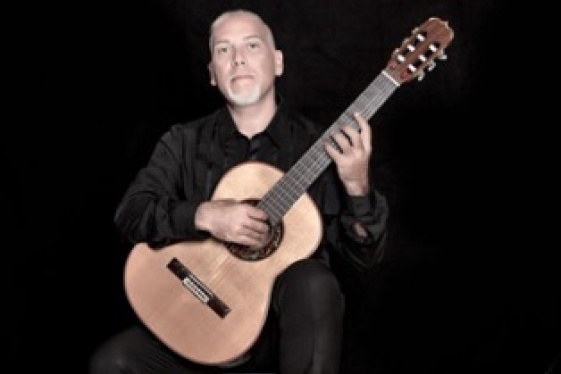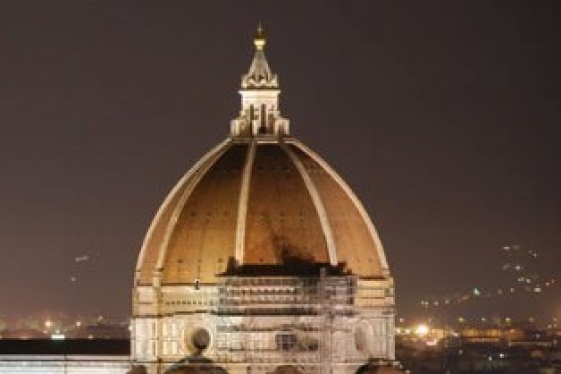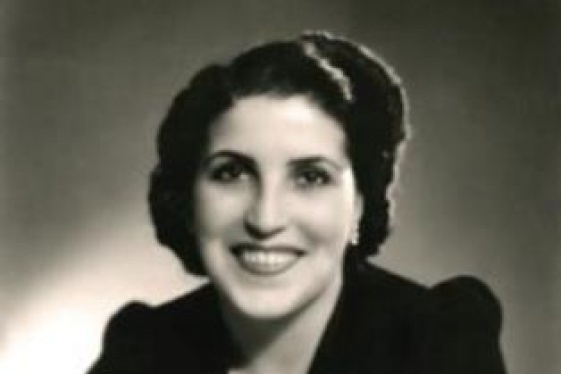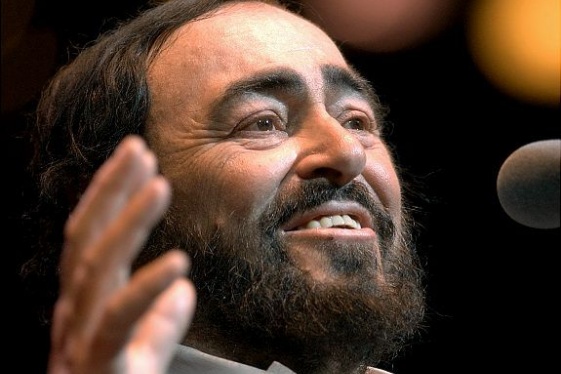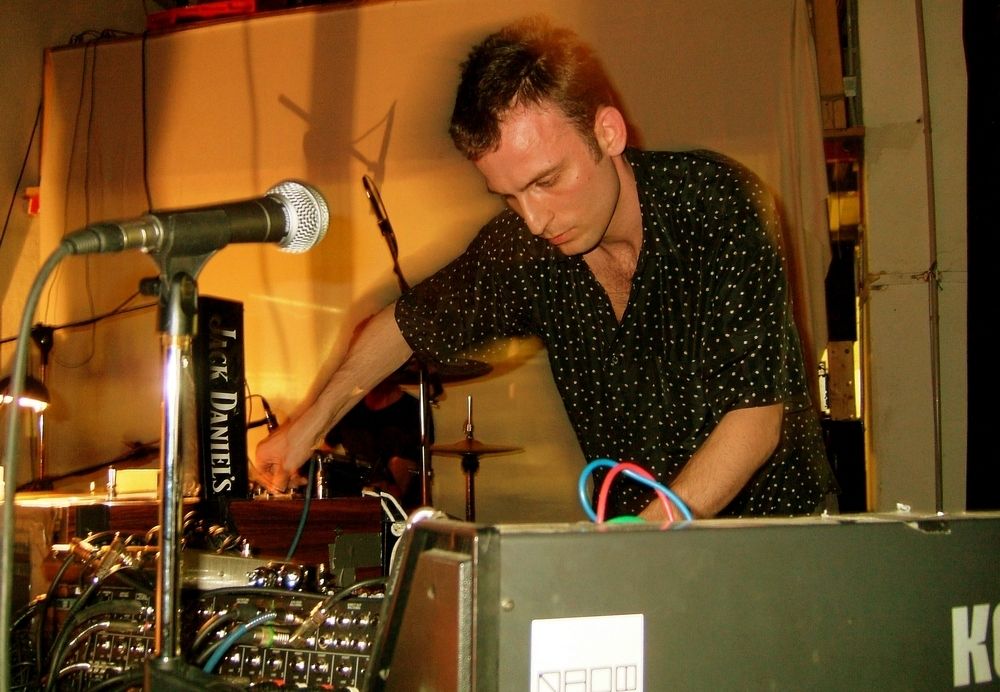
"An Homage to Luigi Russolo", by Valerio Tricoli

Valerio Tricoli offers a special program for Lampo to mark the 100th anniversary of Luigi Russolo's Futurist manifesto, "The Art of Noises" (March 1913), one of the most influential texts in 20th century music. For the first time, the idea of noise-sound becomes part of musical discourse, creating the conditions for a radical advancement in sonic art, indeed anticipating and informing the whole experience of musique concrète, electronic music, and of American experimental composers such as John Cage.
In the manifesto, Russolo argues that the current musical avant-garde, even though seeking harmonic and timbre complexity through dissonance, fails in its task of renewing musical language. Orchestras are "hospitals for anemic sounds," he writes, capable only of limited range of tones, or "a repugnant mixture... of monotonous sensations."
Russolo lays the foundation of a new music, based on what he calls Futurist noise-sound. All sounds of life, whether natural or derived from man-made devices and machines, should be incorporated into music. He also strongly encourages the development and design of new instruments capable of producing new kinds of noises, suitable to the mise en etre of the now expanded acoustic imagination of the composer. Russolo himself, some months after the publication of the manifesto, would present his own Intonarumori (Noisetuners).
Tonight's concert program will be divided in two parts:
"An Homage to Luigi Russolo," a live electro-acoustic improvisation for electronic devices, self-built instruments, found sounds and voice. This structured improvisation will deal with all the sonic practices and possibilities suggested by Russolo in "The Art Of Noises." A tuned noise mix that includes references to F. T. Marinetti's free-word concrete poem "Zang Tumb Tumb," which was sent by the author to Russolo only a few months before the conception of "The Art Of Noises" and indeed represents a major influence on Russolo's revolutionary ideas. The performance will aim at setting the audience in that Futurist no man's land, where music hovers between the "brutal recall of real life" and the infinite realm of imagination.
"Solidità della Nebbia," a multi-channel diffusion of the tape composition. Inspired by the painting of the same name (Luigi Russolo, 1912) and specially composed for this occasion, this multi-channel tape composition will emphasize Russolo's generally unacknowledged interest in the occult, and how his aesthetics of noise were intended to "boost practitioners and listeners into higher states of spiritual consciousness" (Luciano Chessa, "Luigi Russolo, Futurist," University of California Press, 2012).
Valerio Tricoli (b. 1977, Palermo, Italy) is a Berlin-based composer, improviser, sound installation artist, producer, sound engineer and curator bridging musique concrète and conceptual forms of sound with a radical interest in how reality, virtuality and memory relate to each other during the acoustic event. He mostly uses analogue electronic devices (reel-to-reel tape recorders, synthesizers, microphones, light effects, ultrasonic speakers). The structure of the set-up is ever-changing however, seeking multiple relations between the performers, the device and the space in which the event takes place. He is one of the founders of 3/4HadBeenEliminated and the Bowindo label / collective. More recently Tricoli presented a new interpretation of the seminal 1952 John Cage electro-acoustic tape piece "Williams Mix" with Werner Dafeldecker, which premiered at Maerz Musik, Berlin in 2012. He is at work on two compositions for piano and electronic sounds (with Anthony Pateras) and on a concrete music cycle inspired by the Book of Qohelet.
Valerio Tricoli made his U.S. debut at Lampo in March 2008, when he performed, "Take Thy Horoscope and Walk," a multi-sensorial set of live concrete music in quad sound with strobe lights.
Presented in partnership with the Graham Foundation; made possible with generous support from the Italian Cultural Institute of Chicago.
Click here to make a reservation.
You may be interested
-
Cathedral of St. John the Divine, Oratorio S...
For the first time ever, The Cathedral of St. John the Divine, in collaboration with the O...
-
Frank Sinatra 100th Anniversary Celebration
Hoboken’s favorite son, Frank Sinatra, continues to evoke images of the good life nearly 1...
-
Holiday Concert with Micheal Castaldo and Ma...
The Mattatuck Museum (144 West Main St. Waterbury, CT 06702) is pleased to celebrate...
-
Italian Guitarist Roberto Fabbri to Perform...
For the final performance of his spring solo tour, Italian classical guitarist Roberto Fab...
-
Jean Lenti Ponsetto Honored as National Ital...
The National Italian American Sports Hall of Fame is proud to announce its inductees and h...
-
Lecture and Concert that bring Italy to New...
Saturday, february 28 - 7 pm ESTChrist & Saint Stephen's Church - 120 W 69th St,...
-
Met Guild to Honor Licia Albanese & Carlo Be...
Summer saw the passing of two of opera's most iconic figures: Licia Albanese, at the age o...
-
Pavarotti. Il mondo di Big Luciano. Anteprim...
Il mondo di Luciano Pavarotti e la sua grande carriera di cantante lirico rivivranno il 23...



